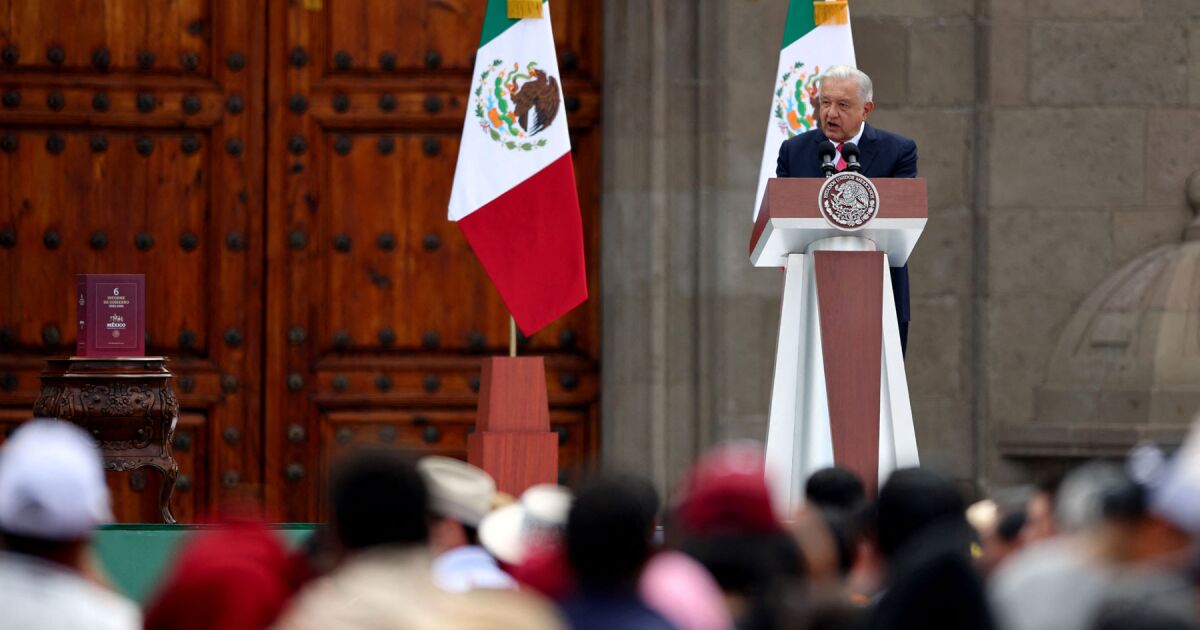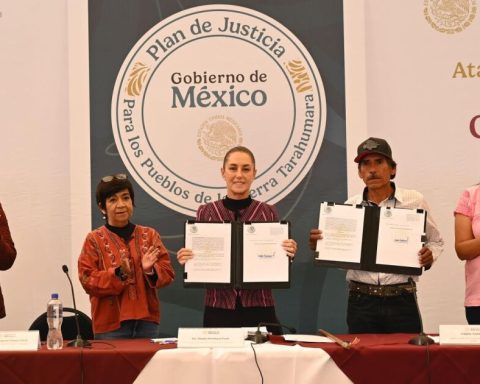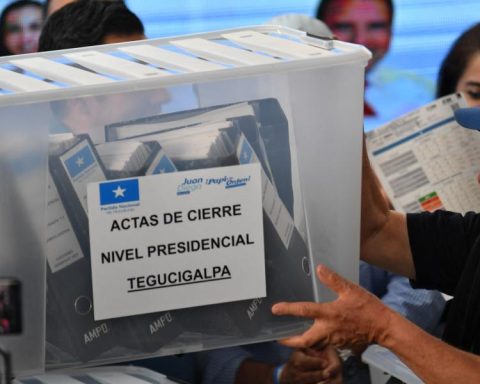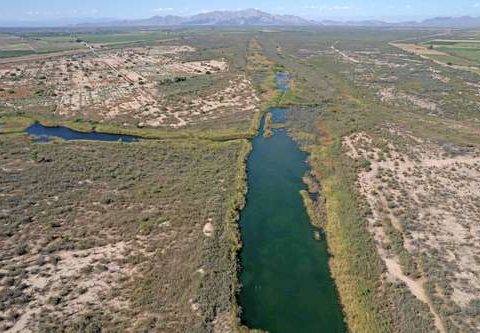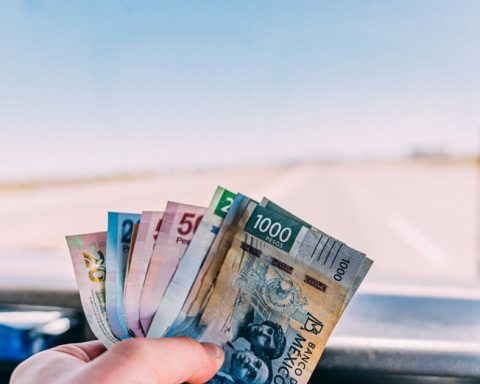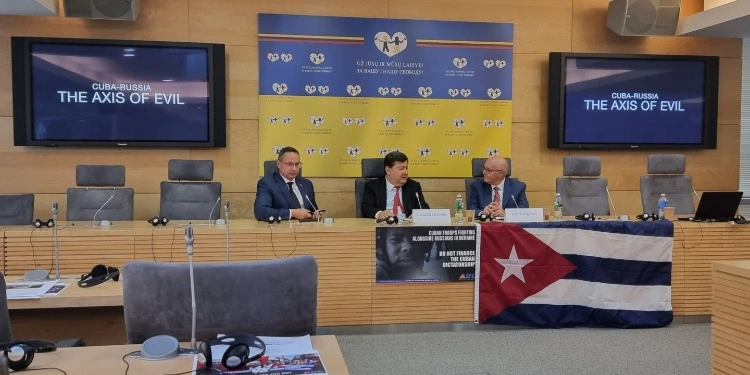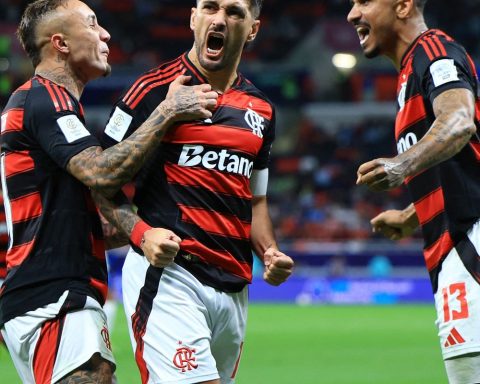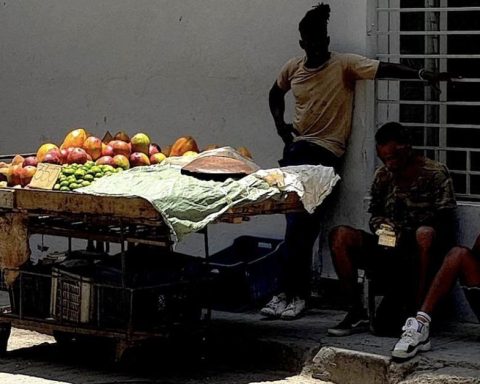With fewer resources for physical investment, this was placed below the financial cost, breaking with a trend that had prevailed since 2007: greater spending on physical investment than on debt repayment.
In terms of public finances, it is preferable to have more investment than debt expenses. Physical investment stimulates the economy and attracts private investment, while interest payments are an expense that does not generate production, explained Christopher Cernichiaro, a postdoctoral researcher at the Universidad Autónoma Metropolitana (UAM).
In 2006, at the end of Vicente Fox’s government, both proportions remained at the same level; in 2007 they began to separate, with the cost of debt falling and physical investment continually rising, a trend that continued during the governments of Felipe Calderón and Enrique Peña Nieto.
The increase in the cost of debt was mainly due to the increases in the reference interest rate by the Bank of Mexico, starting in 2021 in response to the inflationary wave that began in 2020.
AMLO’s last year
In AMLO’s last year, the trend that prevailed throughout the administration seems to be reversing. From January to July of this year, physical investment reported a growth of 19.3% compared to the same period in 2023.
This is the highest growth reported since 2014, when it was 28.4%. Meanwhile, the growth in the cost of debt barely grew 4.1% in real terms annually, according to information from the SHCP.
